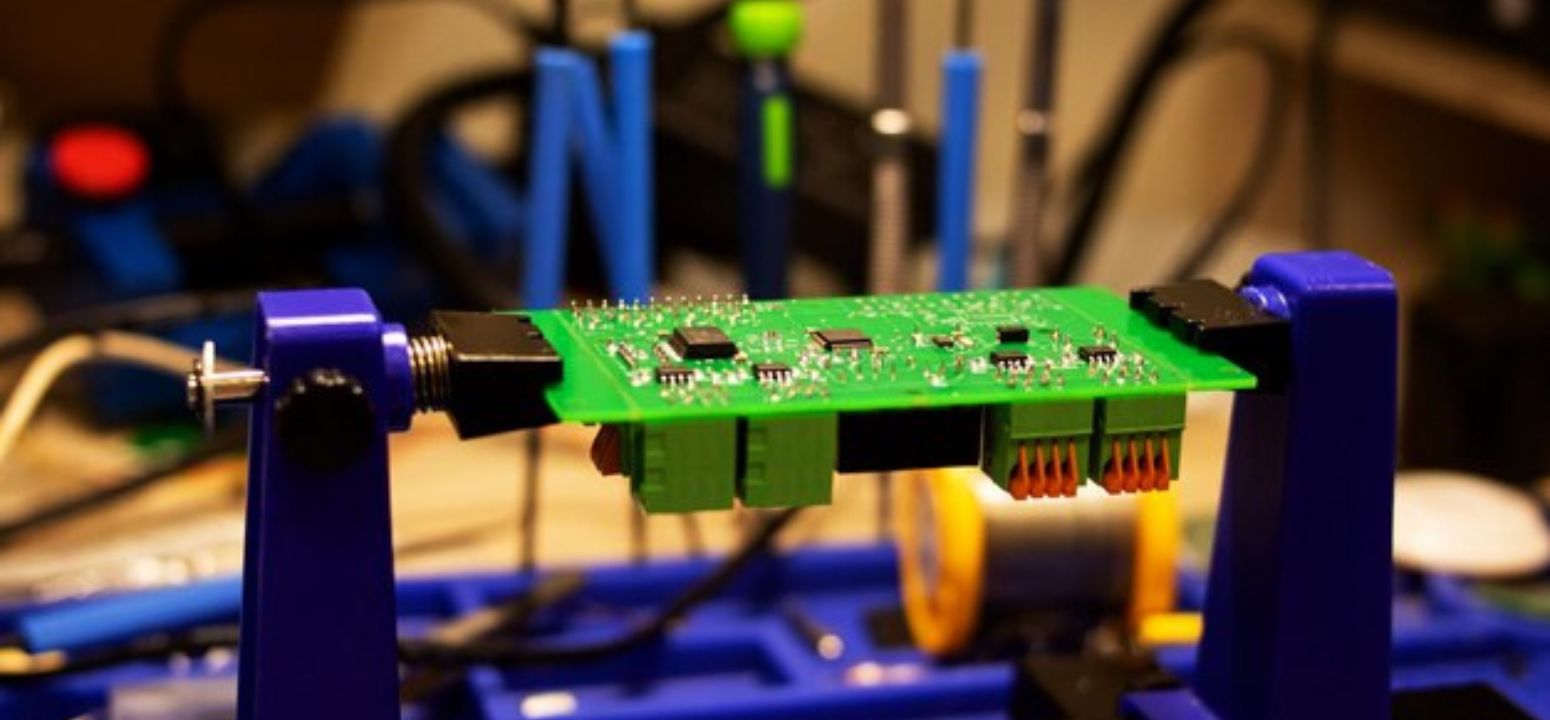
In the realm of modern technology, where devices are becoming increasingly compact yet powerful, the concept of Very Large-Scale Integration (VLSI) plays a pivotal role. VLSI technology has revolutionized the semiconductor industry, enabling the creation of complex integrated circuits that contain millions, or even billions, of transistors on a single chip. In this blog post, we will delve into the fundamentals of VLSI, exploring its significance, key components, and applications.
What is VLSI? VLSI refers to the process of integrating a large number of transistors and other electronic components onto a single semiconductor chip. It represents a significant advancement from earlier technologies like Small-Scale Integration (SSI) and Medium-Scale Integration (MSI), which could only accommodate a limited number of components on a chip. With VLSI, entire systems can be implemented on a single chip, leading to reduced size, improved performance, and lower power consumption.
Key Components of VLSI
- Transistors: Transistors serve as the building blocks of VLSI circuits. These semiconductor devices are responsible for amplifying or switching electronic signals, and they are used extensively in digital and analog circuits.
- Interconnects: Interconnects are the pathways that connect different components on a chip. They play a crucial role in facilitating the flow of electrical signals and ensuring proper communication between various parts of the circuit.
- Logic Gates: Logic gates are fundamental building blocks of digital circuits. They perform Boolean operations such as AND, OR, and NOT, allowing for the implementation of complex logical functions.
- Memory Elements: Memory elements, such as flip-flops and registers, are used to store and retrieve data in digital systems. They are essential for temporary storage of information and for maintaining state within a circuit.
Applications of VLSI VLSI technology finds applications across various domains, including:
- Consumer Electronics: VLSI chips power a wide range of consumer electronics devices, including smartphones, tablets, smartwatches, and digital cameras. These chips enable compact, energy-efficient devices with advanced features and functionalities.
- Computing Systems: In computing systems, VLSI chips are used in microprocessors, graphics processing units (GPUs), and memory modules. They play a crucial role in enhancing the performance and efficiency of computers and servers.
- Communication Systems: VLSI technology is integral to communication systems such as wireless networks, satellite communication, and internet infrastructure. VLSI chips enable high-speed data transmission, signal processing, and network management.
- Automotive Electronics: In the automotive industry, VLSI chips are utilized in advanced driver assistance systems (ADAS), infotainment systems, and engine control units (ECUs). These chips contribute to enhanced safety, comfort, and efficiency in vehicles.
Conclusion In conclusion, VLSI technology has emerged as a cornerstone of modern electronics, driving innovation and advancements across various industries. By integrating millions of electronic components onto a single chip, VLSI enables the development of compact, high-performance devices with diverse applications. As technology continues to evolve, VLSI is expected to play an increasingly vital role in shaping the future of electronics and semiconductor engineering.
With this understanding of the basics of VLSI, we hope to have provided insights into the significance and potential of this transformative technology. Stay tuned for more insights and updates on the exciting world of VLSI!
Also Read: A Walkthrough VLSI Physical Design Engineer Salary In India.
To know more about VLSI Course , SuccessBridge VLSI training institute. You can begin your VLSI career by enrolling in the placement-assisted live courses available at SuccessBridge We offer various VLSI online courses. We offer VLSI Physical Design course, Design Verification course, DFT Training,Chip design course many more. Explore VLSI Courses From The Leaders In VLSI Training






